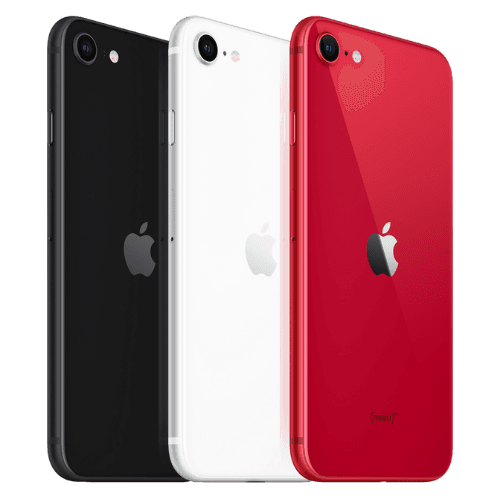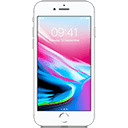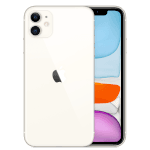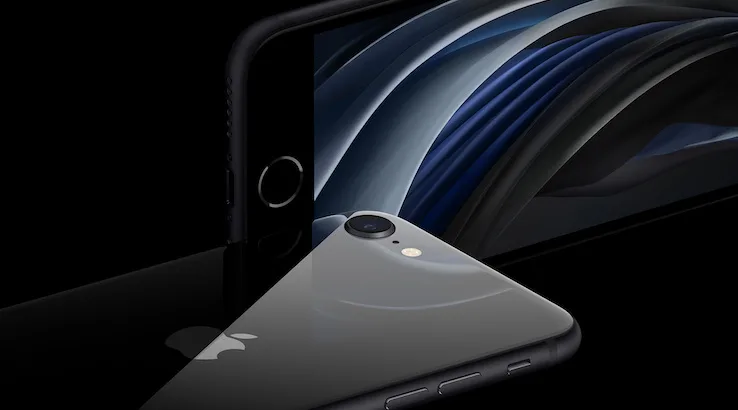
Overnight, Apple finally released a new model of the iPhone SE. I say finally, because the "original" iPhone SE came out in 2016, which is a very long time ago in smartphone terms.
Still, the new model SE keeps to the idea of being a more "affordable" model, as long as you're only comparing it against other iPhone models; the comparison with the wider Android ecosystem isn't quite as friendly to Apple's interpretation there.
If you've been holding out for an update that kept the original iPhone SE's very pocket-friendly 4-inch screen size, I've got some bad news for you.
The new iPhone SE could be called an iPhone 8 in a slightly new skin, because that's the obvious design inspiration for Apple's new phone. At the same time that it's bringing the iPhone SE 2020 to market, Apple has stopped selling the iPhone 8 directly itself. That's a very direct and long-held Apple play, with new models replacing their predecessors instantly in order to spur new sales.
That doesn't mean that there are no Apple iPhone 8 handsets to buy; it's just that Apple itself won't sell you one.
Apple also has a slight play towards "affordable" status – again, within the tight constraints of the limited iPhone market before you send in angry Android-facing messages – with the Apple iPhone 11 being its lowest cost "new" iPhone up until today. So how do the three models compare?
Apple iPhone SE 2020 vs Apple iPhone 8 vs Apple iPhone 11: Specifications
Apple iPhone SE 2020 vs Apple iPhone 8 vs Apple iPhone 11: Design
The iPhone SE 2020 looks a lot like the Apple iPhone 8, and if anything, that's understating matters. It's the same size, it features the same 4.7-inch 326ppi 1,334 x 750 pixel LCD display and the same TouchID sensor at the base.
There are some key differences. The new Apple iPhone SE 2020 drops Apple's "3D Touch" as found on the iPhone 8 in favour of the newer Haptic Touch system. 3D Touch is effectively dead now, because Apple doesn't sell any new iPhones with that particular feature. The iPhone SE 2020 is also dual SIM by way of an eSIM, something you won't find on the iPhone 8, although it is present on the iPhone 11.
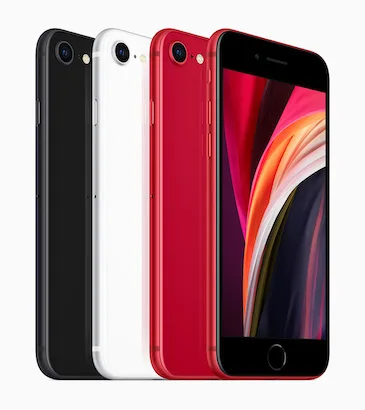
The iPhone 11 does pump up the screen size notably, with a 6.1-inch 1,792 x 828 pixel LCD screen, so that extra cost does buy you more screen real estate. That's especially true because it also drops TouchID in favour of FaceID, although people's preference around facial or fingerprint ID does play a role there.
There are also colour differences. If you were a big fan of Apple's gold-coloured phones, you'll have to jump all the way up to the iPhone 11 Pro.
The iPhone 8 comes in a gold finish (as well as space grey or silver), but it's absent on the iPhone SE 2020, which comes in black, white or PRODUCT(RED) finishes instead. The iPhone 11 has the most colour variety, with black, white, red, yellow, green and purple hues to choose from.
Apple iPhone SE 2020 vs Apple iPhone 8 vs Apple iPhone 11: Camera
Apple has for a long time saved its "best" camera arrays for its premium phones, even though its range of "premium" has typically only related to at most two actual handsets.
That's still true for the iPhone SE 2020, which features a single rear 12MP f/1.8 camera lens that Apple claims is the best found in any single-lens smartphone.
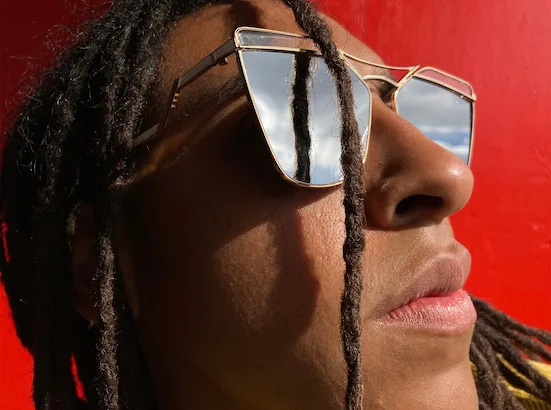
A big call, but at least at a technical level it's looking at the same core specifications as the iPhone 8, which also features a 12MP rear f/1.8 lens. That's almost certainly going to be a mix of software improvements and the power of the underlying processors for image manipulation at play though.
The more interesting comparison will be with the iPhone 11, which features the same array and the same processor. That could point to the iPhone SE 2020 being a bit of a camera bargain if it can turn out the same kind of shots as the iPhone 11 does.
Apple iPhone SE 2020 vs Apple iPhone 8 vs Apple iPhone 11: Processor
Here's where the iPhone SE 2020 diverges pretty sharply from the iPhone 8. The iPhone 8 runs on Apple's own ARM-based A11 processor with 2GB of RAM, which was for its time not a bad combination. The iPhone 11 runs on Apple's A13 Bionic with 4GB of RAM, which means that it's got the same essential brain as the pricier iPhone 11 Pro and iPhone 11 Pro Max.
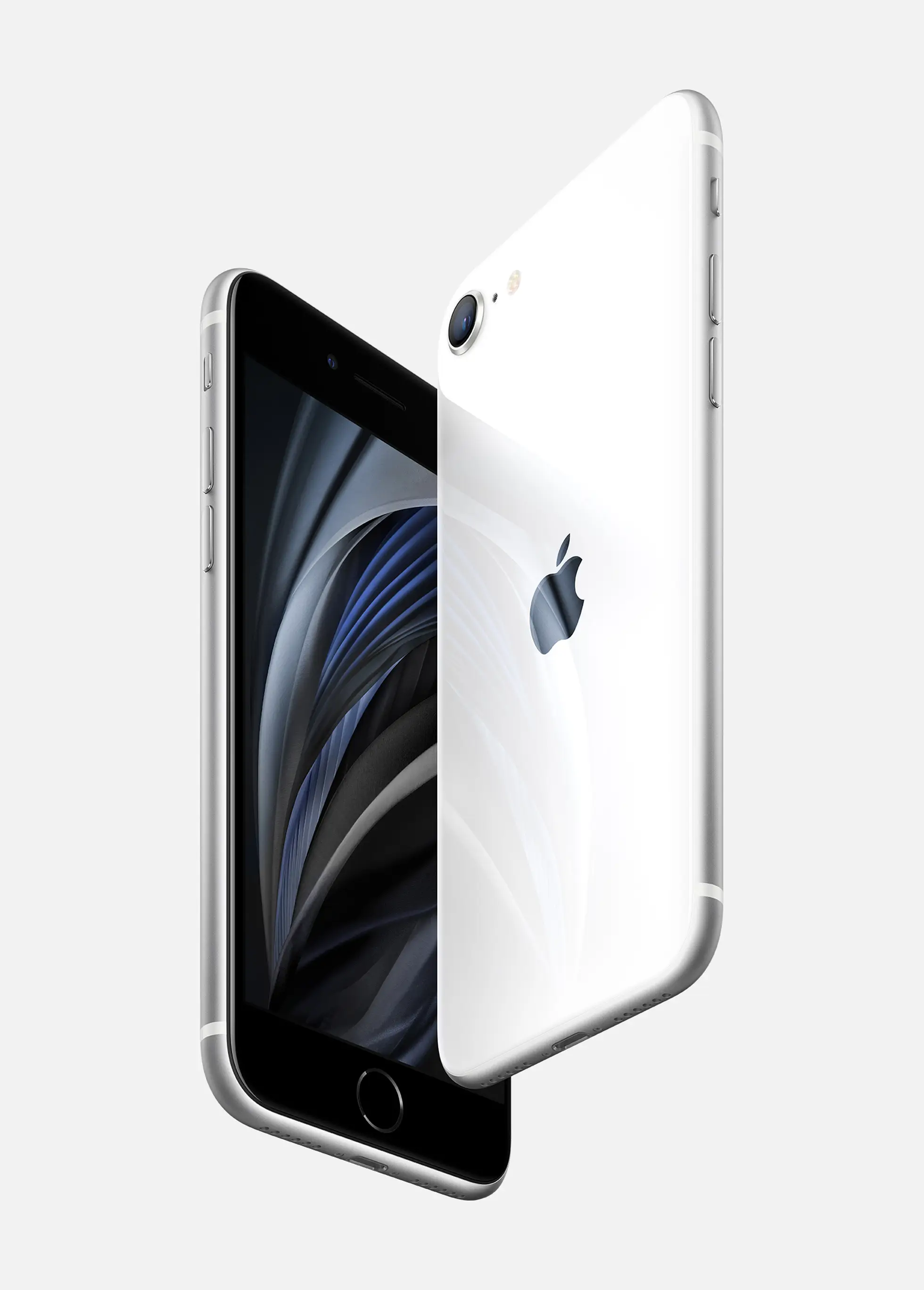
The iPhone SE 2020 runs on the Apple A13 Bionic with… an amount of RAM. Tim Cook probably knows what it is, but he's remaining tight-lipped about it.
Apple never officially announces the RAM count for its iPhones – we'll have to wait for the likes of iFixit to get their grubby little spudgers on one to find out for sure – but it seems likely that it will outpace the iPhone 8 but may not match up to the iPhone 11. Which makes 3GB of RAM feel likely, but we don't know for sure.
The A13 Bionic has consistently topped the benchmark charts even with relatively low RAM by Android standards, and that will almost certainly be true for the iPhone SE 2020. In one sense that's not the real reason to get excited about the iPhone SE 2020's internal processor.
You could buy an iPhone 8, and you'd almost certainly be able to score one for less than the asking price of the iPhone SE 2020. But in doing so, you'd be limited to iOS upgrades that will apply to the A11 processor, and that might not be all that many more future upgrades at all.
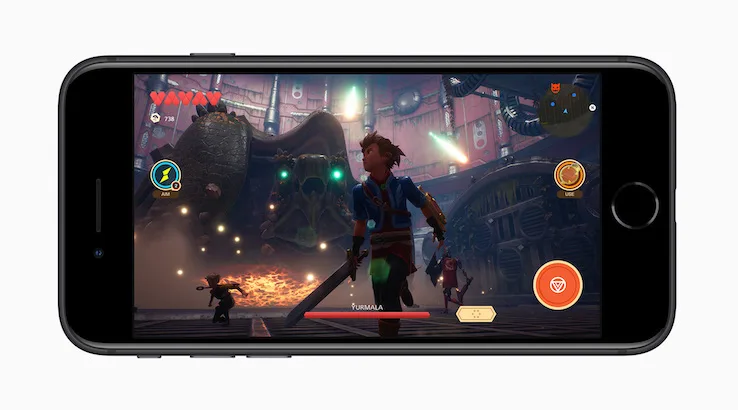
The A13 Bionic is the heart of every iPhone Apple sells right now, and that means that you're assured of at least a couple of years worth of major iOS upgrades, compatibility and security upgrades. The same is of course true for the iPhone 11, which adds some solid value to its asking price.
Apple iPhone SE 2020 vs Apple iPhone 8 vs Apple iPhone 11: Battery
We've got to get a little bit speculative here, because Apple doesn't state absolute battery figures for iPhones at any point. Instead, it simply states that the iPhone SE 2020's battery "Lasts about the same as iPhone 8". Literally, that's a line that's on Apple's spec sheet for its new phone.
The iPhone 8 features a 1,821mAh battery, quite titchy by modern standards, but then the power draw of the A13 Bionic may force Apple to stack more power underneath the Apple iPhone SE 2020's frame.
Comparatively, the Apple iPhone 11 features a 3,110mAh battery and is said to "Last up to 1 hour longer than iPhone XR" according to Apple's official brief. What that means in practical terms is that it's almost certainly going to have better battery endurance than the iPhone SE 2020.
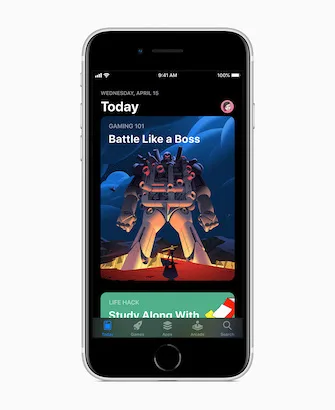
All three phones use Apple's proprietary Lightning connector for wired charging, and all three support Qi-based wireless charging as well.
Apple iPhone SE 2020 vs Apple iPhone 8 vs Apple iPhone 11: Pricing
The Apple iPhone SE 2020 goes on pre-sale in Australia on Friday 17 April at 10pm, with pricing at $749 for a 64GB model, $829 for a 128GB model or $999 for the top tier 256GB model.
The iPhone 11 is already available to buy or get on contract at $1,199 for 64GB, $1,279 for a 128GB model or $1,499 for a 256GB model.
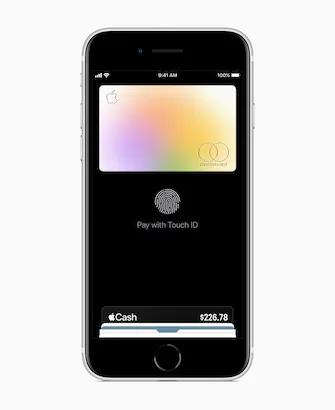
Apple doesn't officially sell the iPhone 8 any more, but some retailers may still have stock on shelves with pricing typically starting at around $779 for a 64GB model. The age of the iPhone 8 (or the larger iPhone 8 Plus) does mean that there's a significant quantity of refurbished stock that you could pick up. Our usual advice for buying a refurbished phone applies, but we've seen iPhone 8 models for sale for as little as $400 locally.
Apple iPhone SE 2020 vs Apple iPhone 8 vs Apple iPhone 11: Early verdict
We're hoping to get a review unit of the iPhone SE 2020 quite quickly, so our full review should follow in due course.
However, on the surface of it, if you're in the market for a "new" iPhone, the iPhone SE 2020 has a lot going for it compared to its obvious competition.
The iPhone 8 is really only worthwhile if you're happy buying a cheap refurbished unit and putting up with the fact that it's going to have a shorter shelf life due to iOS upgrades.
The iPhone 11's feature set has, more or less, been bolted onto the iPhone SE 2020, so outside its larger display screen, there's less value there than there used to be. If you're in the above-$1,000 phone crowd there'd be a strong argument to spend a little more to score the iPhone 11 Pro and its better cameras if you were spending iPhone 11 money anyway.
Back to top
Latest tech news
Images: Apple
More guides on Finder Shopping
-
Where to buy the Apple iPhone 16 in Australia
The Apple iPhone 16 range is now available to pre-order in Australia - and it's actually cheaper than its predecessor.
-
Where to buy the Apple iPhone 15 in Australia
With its fingerprint-free chassis and USB-C (finally!), the iPhone 15 range might just be Apple's best phone yet.
-
Apple iPhone 14: Which model should you buy?
Which among Apple's 4 new iPhone models is best for you?
-
The cheapest deals on Apple iPhone SE: From $415
Secure a great discount on a classic model iPhone SE 2020 with these offers from Amazon, Kogan, Catch and more.
-
iPhone 13 camera shootout: Mini vs Pro vs Pro Max
If you're struggling to choose between iPhone 13 models we tested the cameras on all four, including the the Mini, Pro and Pro Max.
-
Where to buy an iPhone online with Afterpay
Break up the cost of a brand new Apple iPhone at these leading online stores.
-
Apple iPhone XS review: Plans | Pricing | Specs
The iPhone XS advances Apple's flagship smartphone line with better water resistance, a faster processor and an enhanced dual-lens camera.
-
Is ALDI’s $349 iPhone worth buying?
ALDI will sell an iPhone 5s this Wednesday for just $349, but is it worth rushing to the supermarket to pick one up?

